The Compassionate Guide to Healing Your Hands from Nail Biting and Picking
I’ve talked with so many people who live their lives hiding their hands. They’re tucked into pockets during meetings, sat on during coffee dates, and quickly hidden when someone glances down. If that feels familiar, I want you to hear this loud and clear: You are not alone. And more importantly, this isn’t some kind of personal failure or lack of willpower.
In this article
Let’s get one thing straight. The habit of biting your nails or picking the skin around them isn’t just a “bad habit.” The experts call these Body-Focused Repetitive Behaviors, or BFRBs. Why does that matter? Because it shifts the whole conversation from shame to strategy. These behaviors are complex and, believe it or not, they’re serving a purpose for your nervous system—whether that’s to calm anxiety or give you a little jolt of stimulation when you’re bored. Getting that is the first real step toward healing.
This isn’t a list of cheap tricks. It’s a real-deal approach that combines an understanding of the science, professional techniques that work, and behavioral strategies to help you rewire your brain for good. It’s a process, and it calls for a ton of patience and kindness toward yourself. Ready? Let’s get into it.
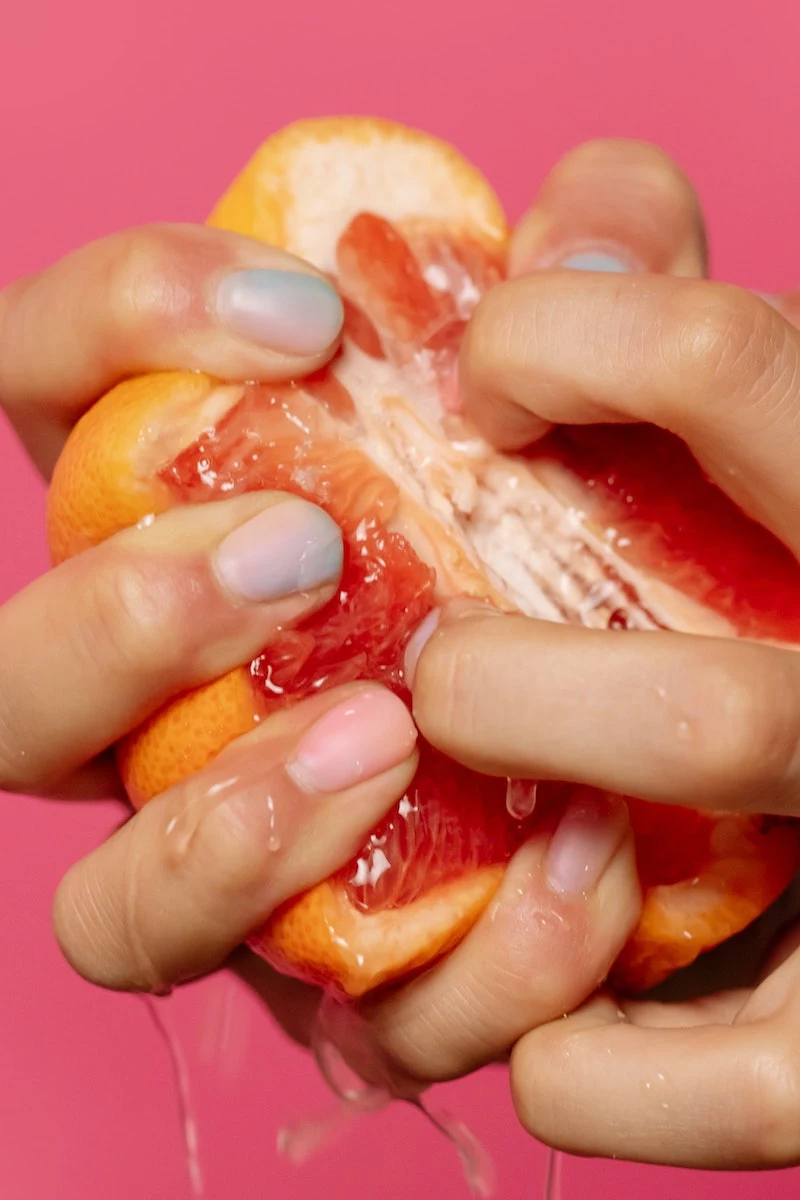
First, Understand the ‘Why’ Behind the Habit
You can’t change a behavior until you respect the reason it showed up in the first place. BFRBs are deeply rooted in how our brains work. They often pop up as a coping mechanism when we’re dealing with feelings that are just too big to handle consciously. Telling yourself to “just stop” is like trying to stop a car by yelling at it instead of using the brakes. You have to know how the machine works.
The part of your brain that runs the show on habits often triggers this well-learned motor program when you’re stressed or just zoning out. The act of biting or picking gives you a tiny, focused moment of relief. That creates a powerful feedback loop: Brain feels stress → Biting provides relief → Brain learns to repeat. Over time, it becomes so automatic you don’t even notice you’re doing it until you feel that familiar sting of pain.
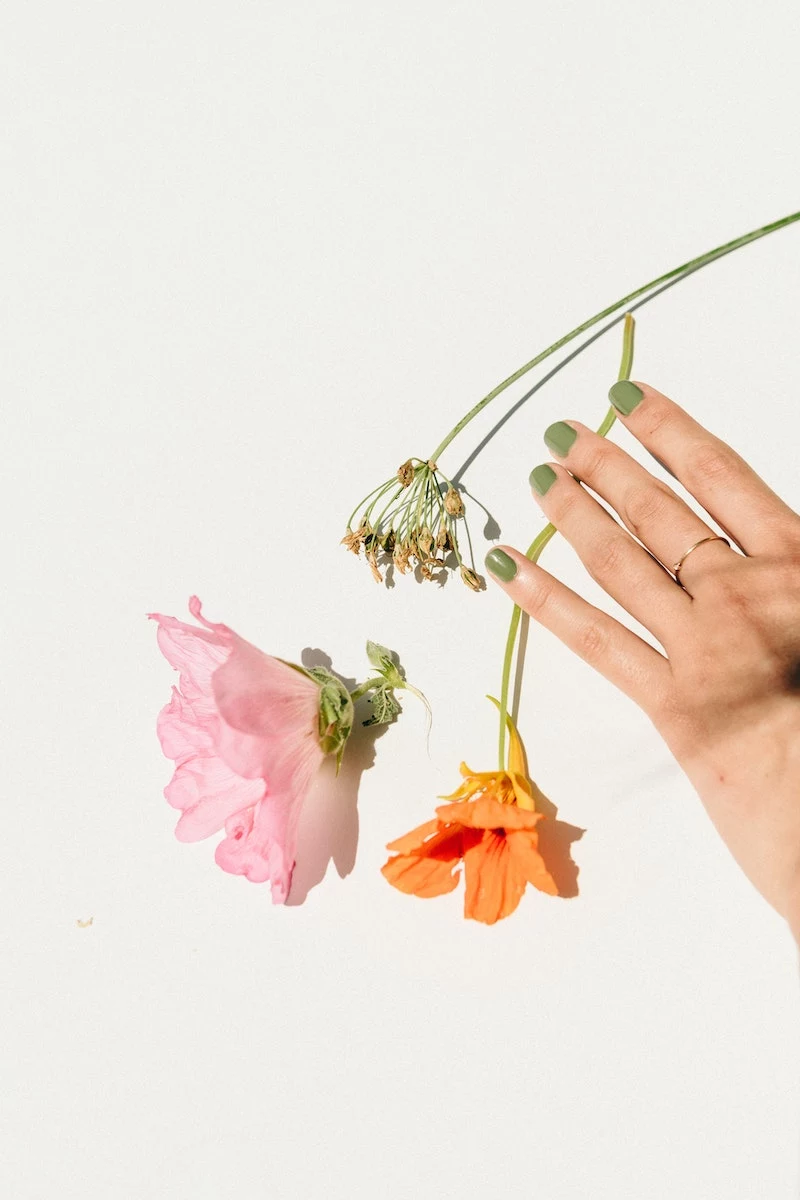
Become a Detective of Your Own Behavior
The first step is to figure out your personal patterns. For one week, grab a small notebook or use a notes app on your phone. This isn’t for judgment; it’s for collecting data. Every time you catch yourself in the act (or just feel the urge), jot down a few things:
- Where am I? (In the car, at my desk, on the couch?)
- What am I doing? (Watching a movie, driving, scrolling on my phone?)
- How am I feeling? (Bored, anxious, stressed, tired, deep in thought?)
- What was the sensory trigger? (Was it a dry piece of cuticle, a hangnail, an uneven edge? Be super specific.)
After a week, you’ll start to see a map of your habit. I’ve seen people realize their main trigger was sitting in traffic, while for others it was the tiny snag on their nail they felt while typing. This log is your secret weapon.
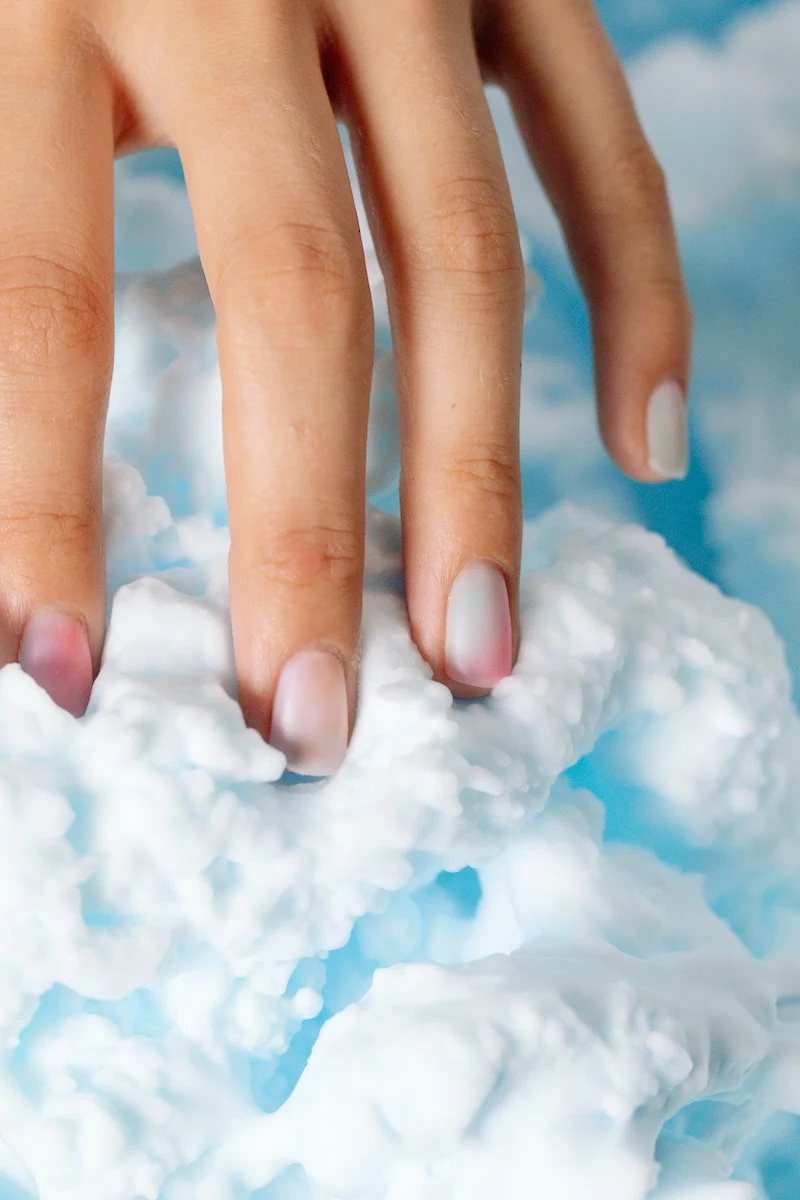
Quick Win for This Week: Feeling overwhelmed? Here’s your only homework. Go buy a glass nail file. That’s it. You can get a great one online for $10-$15. Put it in your pocket or purse. You’ve officially taken the first, most important step.
Create Physical Barriers to Interrupt the Cycle
While you’re figuring out your triggers, it’s a huge help to create some physical roadblocks. The whole point of these is to create a pause between the urge and the action. In that tiny moment of pause, you get the chance to make a different choice.
Rethinking the Professional Manicure
A pro manicure is often recommended, but the reason it works is usually misunderstood. It’s not just about having pretty nails you don’t want to ruin (though that helps!). It’s about changing the sensory experience.
When it comes to choosing a service, you’ve got options:
- Gel Polish: This is my go-to recommendation to start. Gel creates a thick, hard, and perfectly smooth surface. When you go to bite, there’s no satisfying texture or edge to grip onto. The reward is gone. A solid gel manicure can last two to three weeks, giving you a good window to practice new behaviors.
- Dip Powder: For more intense cases, dip powder is the next level up. It’s even thicker and harder than gel, creating a powerful shield that’s nearly impossible to bite through. It also adds a ton of strength, which helps prevent the breaks and snags that often trigger the habit in the first place.
- Acrylics: To be frank, I usually steer people away from acrylics for this purpose. While they do provide a hard barrier, they can be pretty rough on the underlying nail, and our goal is to heal the nail, not add more stress to it.
Heads up on cost and communication: This is an investment. Expect to pay between $50 and $80 every 2-4 weeks for a quality service. It’s best to see this as a short-term therapeutic expense, say for 3-6 months, to really break the cycle. It can be intimidating to go to a salon, so here’s a script you can use: “Hi, I’m trying to stop biting my nails and I’ve heard a protective manicure can help. Could you recommend something like a gel or dip that creates a really smooth, thick barrier?” A good nail tech will be supportive and happy to help.
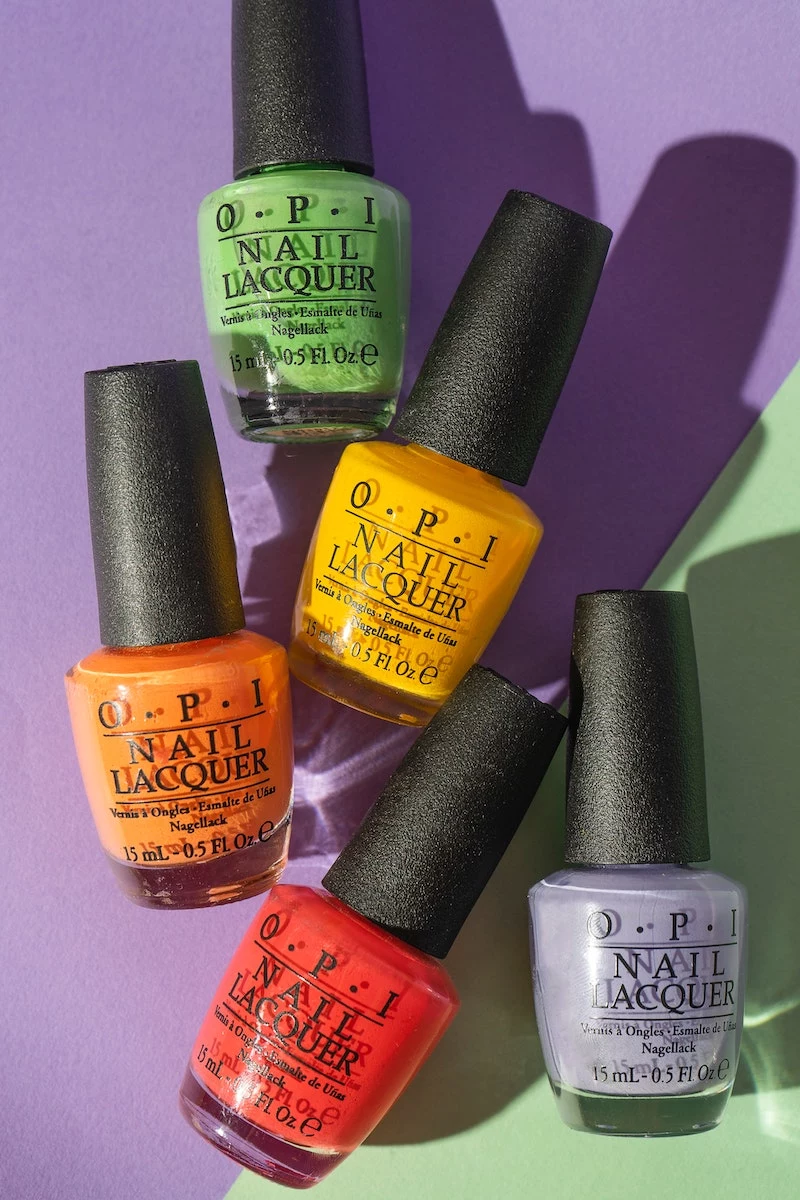
Budget-Friendly Barriers for Home
Professional services aren’t in everyone’s budget, and that’s okay. You can do a lot at home. A great middle-ground is an at-home gel kit. You can find starter sets from popular online brands that include a UV lamp and a few polishes for around $60. It’s a bit of a learning curve, but it’s a fantastic option.
Other at-home ideas include:
- Bitter-Tasting Polish: A classic for a reason. Products with a nasty taste work by creating a negative association. But honestly, its effectiveness varies. Some people just get used to the taste. Think of it as a helpful alarm that brings awareness, not a foolproof cure.
- Gloves and Finger Cots: This is a super targeted strategy. If your log shows you pick while watching TV, pop on a pair of soft cotton gloves before you settle in. If it’s just one or two problem fingers while you work, silicone finger cots (you can find them at any pharmacy) are perfect.
- Nail Wraps or Stickers: A great low-cost, low-commitment option. They cover the nail, changing the texture and hiding any little imperfections that might be calling your name.
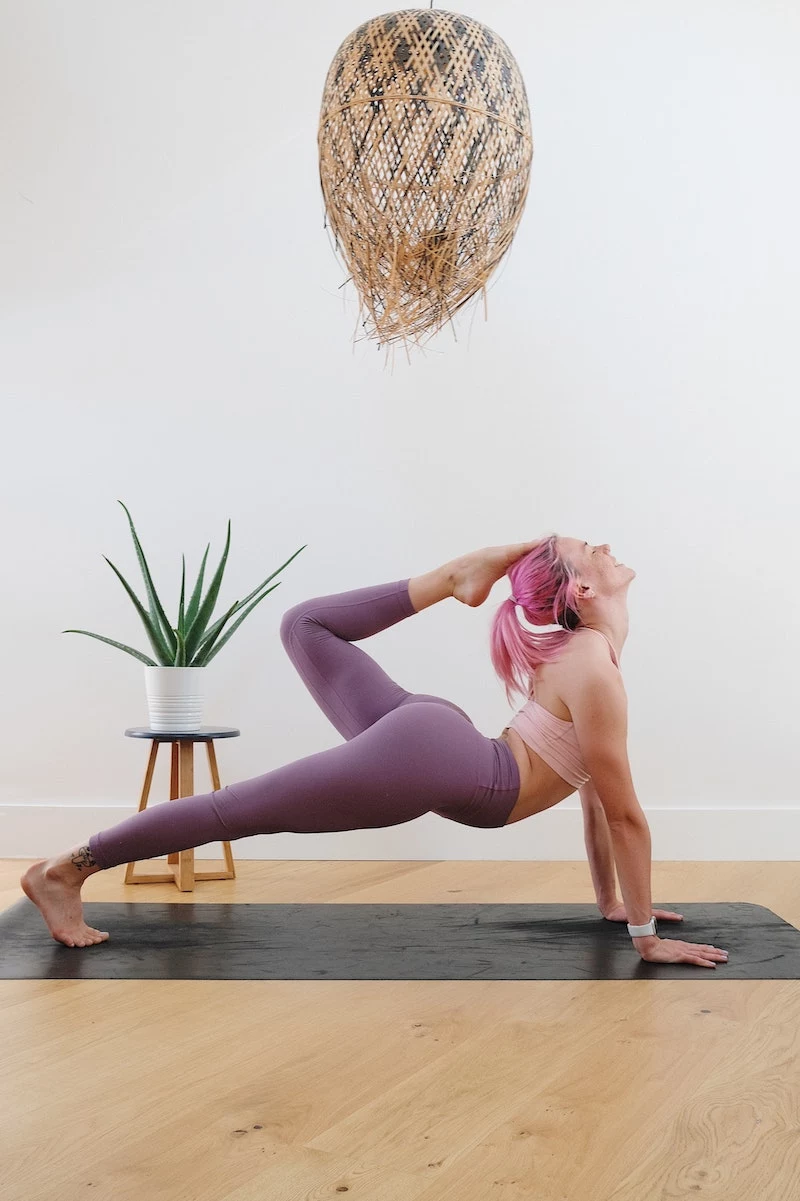
Your Nail Care “Emergency” Kit
One of the sneakiest triggers is a tiny physical imperfection—a hangnail, a rough edge, a peeling cuticle. Your brain zeroes in on it and screams, “Fix it!” The most powerful way to fight back is to have the right tools on hand to fix it the right way.
Keep a small kit with you at all times: in your bag, car, and at your desk.
- A Glass Nail File: This is non-negotiable. Please, throw out your flimsy cardboard emery boards! They shred the tip of your nail, creating more snags. A glass or crystal file seals the edge. Quick tip: File in one direction only, moving from the side to the center. Don’t saw back and forth!
- High-Quality Cuticle Nippers: A quick safety warning on this one! I’ve seen people cause nasty infections by getting carried away. Nippers should ONLY be used to carefully snip off a true hangnail—that’s a piece of dead, white skin sticking out from the side of your nail. Never, ever cut the live, soft seal of skin at the base of your nail (it’s called the eponychium). If it’s pink and attached, leave it alone! Cutting it breaks the protective barrier and opens the door to infection.
- Cuticle Oil or Balm: This is your best friend. Dry, hard cuticles are practically an invitation to pick. Jojoba-based oils are fantastic because their structure is very similar to our skin’s natural oils. You can find a good bottle for between $8 and $20 that will last ages. Here’s how to use it: Apply just one tiny drop to the base of each nail at least twice a day and massage it in. Try doing this whenever you get the urge to pick. You’re replacing a destructive habit with a nurturing one.
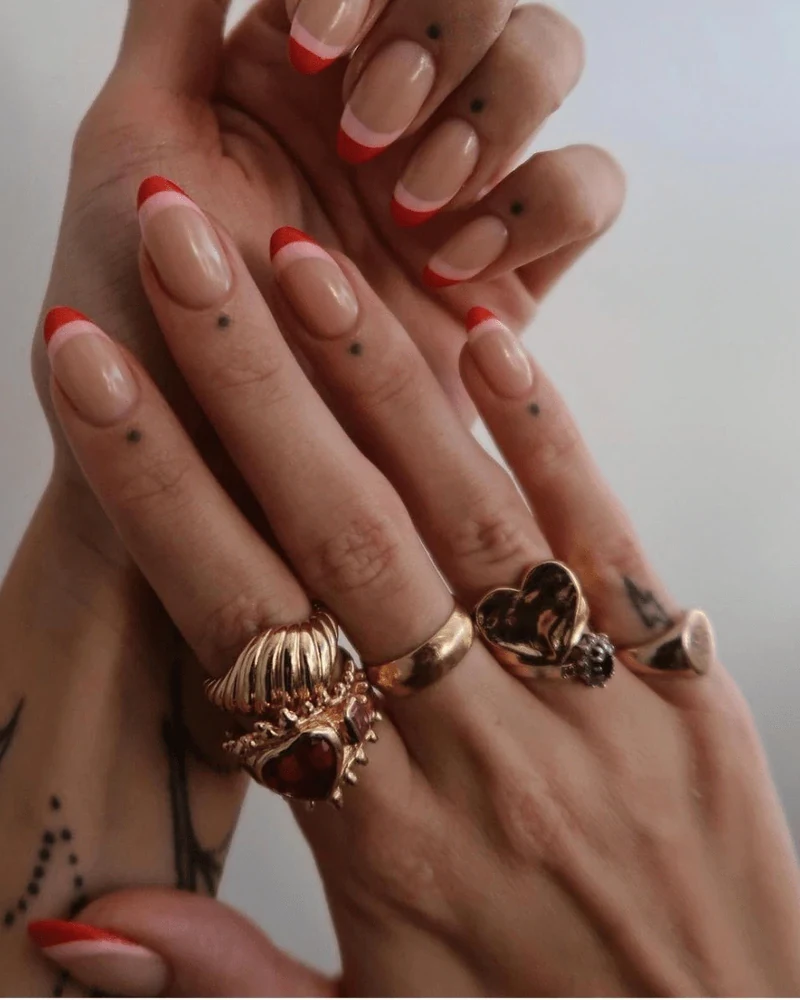
Rewire Your Brain with New Behaviors
Barriers and tools are great, but the long-term fix comes from changing your brain’s automatic response. This is where we get practical with therapy-based techniques.
Find a “Competing Response”
This is a core strategy for breaking habits. When you feel the urge to bite or pick, you immediately do something else with your hands that makes the old habit impossible. The key is to pick something subtle you can do anywhere.
Some great options:
- Make a tight fist for 30-60 seconds.
- Press your fingertips firmly into the pads of your thumbs.
- Sit on your hands or fold your arms tightly across your chest.
- If you’re at a desk, squeeze a stress ball under the table or firmly grip your pen.
- Trace the seams of your pants with your fingers.
- Play with a small, smooth stone or a fidget ring in your pocket.
The goal is to just ride out the urge, which usually fades in a minute or two. Every time you do this, you weaken the old brain pathway and build a new, stronger one.
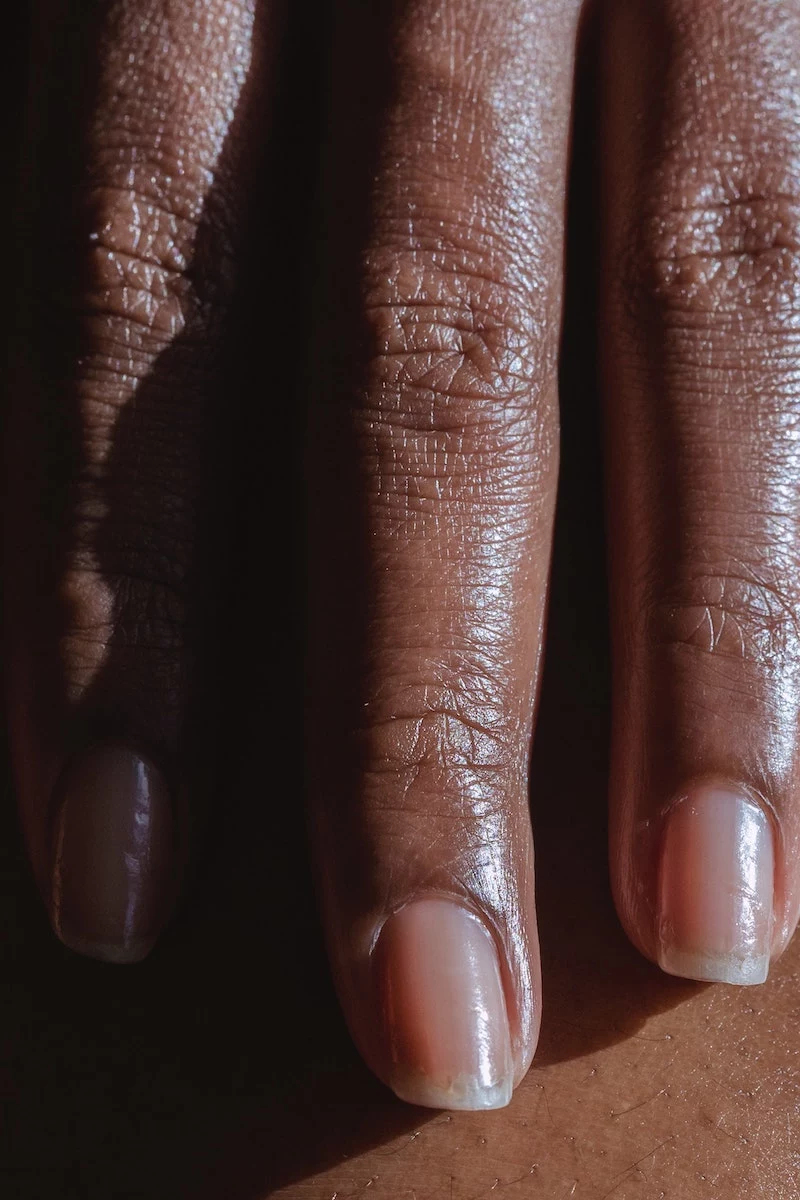
Take Control of Your Environment
This is all about proactively removing your triggers. Based on your log, you now know your high-risk zones. So, change them!
- If you pick while staring into a magnifying mirror… get rid of the mirror.
- If you keep clippers by your bed… move them to a less convenient spot, like a high shelf in the bathroom cabinet.
- If you bite on your commute… keep a fidget toy or stress ball in your car’s cup holder.
These small changes mean you have fewer urges to fight each day, which saves your mental energy.
When You Need a Little More Support
Sometimes, these strategies aren’t enough on their own, and there is zero shame in that. Knowing when to call in professional backup is a sign of incredible strength.
I strongly suggest seeing a board-certified dermatologist if you have signs of infection (like redness, swelling, or pus), constant pain, or notice any permanent changes to your nail shape. Biting can also spread viruses that cause warts around the nail, which are notoriously tough to treat.
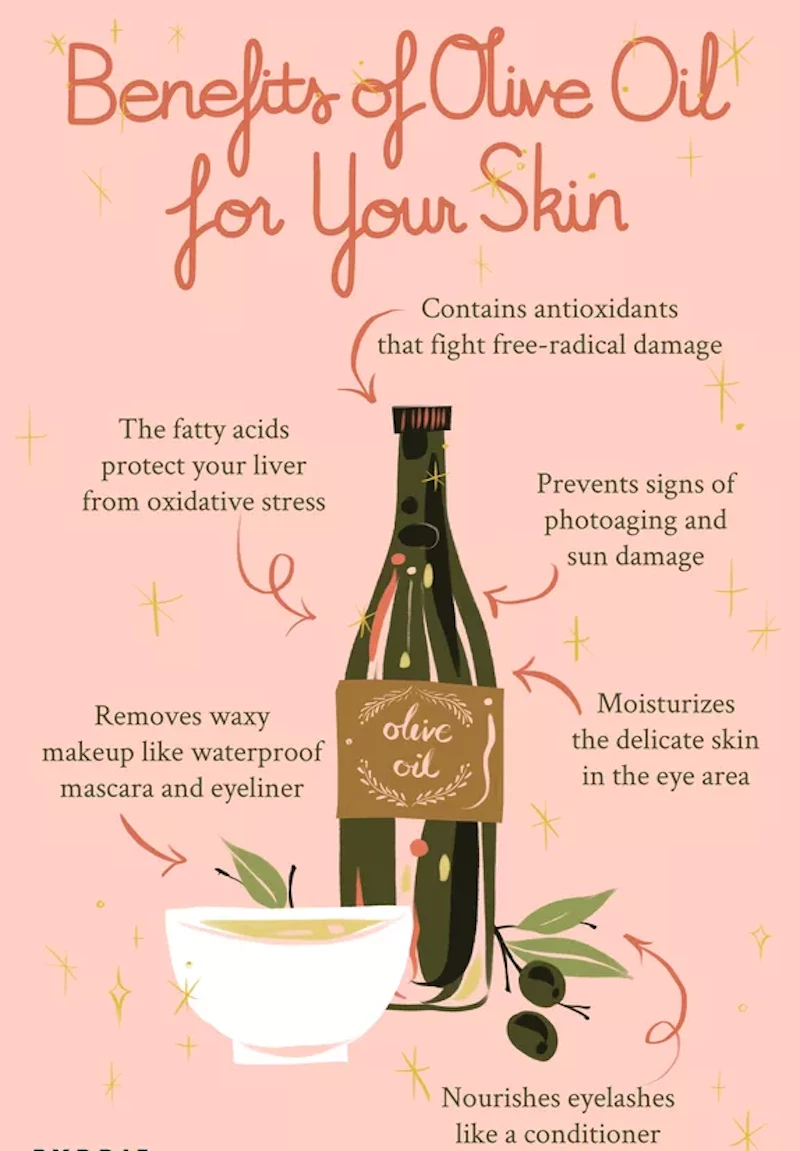
And if this habit is causing you major emotional distress or getting in the way of your life, please consider talking to a therapist. Look for someone who specializes in Cognitive Behavioral Therapy (CBT) or other approaches designed for BFRBs. Specialized mental health organizations often have online directories to help you find a trained professional in your area.
A Final Word on Self-Compassion
This journey is not a straight line. You’ll have amazing weeks and then, during a stressful period, you might have a setback. That is not a failure. It’s just data. When it happens, get curious, not critical. What was the trigger? What can you learn? Then, pull out your cuticle oil, file away any new rough edges, and start again from right where you are.
Healing from this is a profound act of self-care. Every time you choose a new response over the old habit, you’re sending a powerful message to yourself: I am worthy of kindness. Be patient. You can do this, one moment at a time.
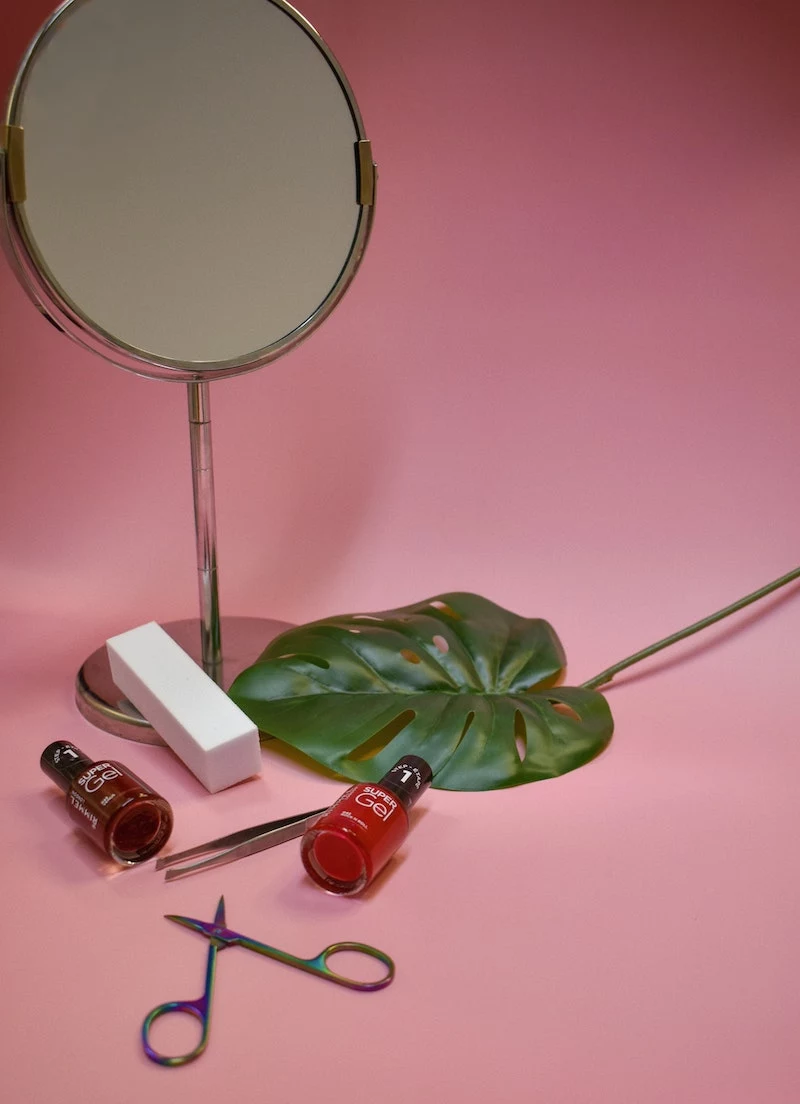
Inspirational Gallery
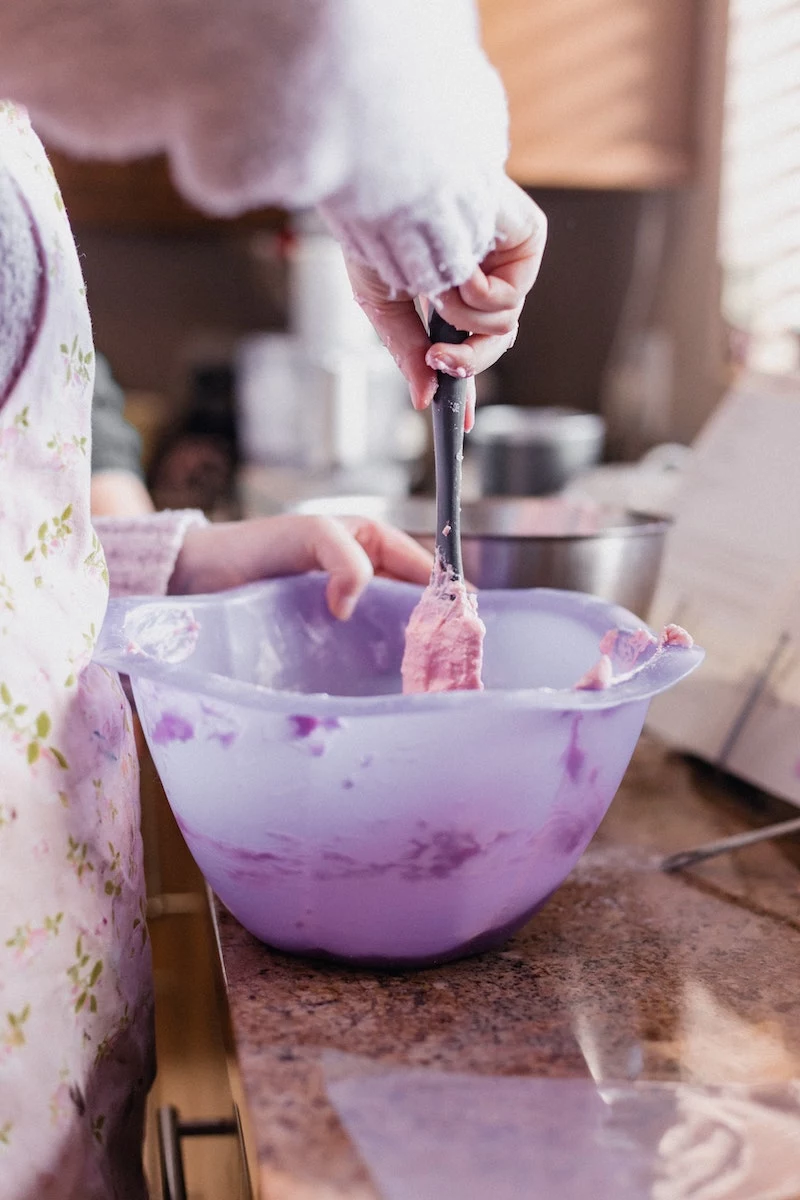
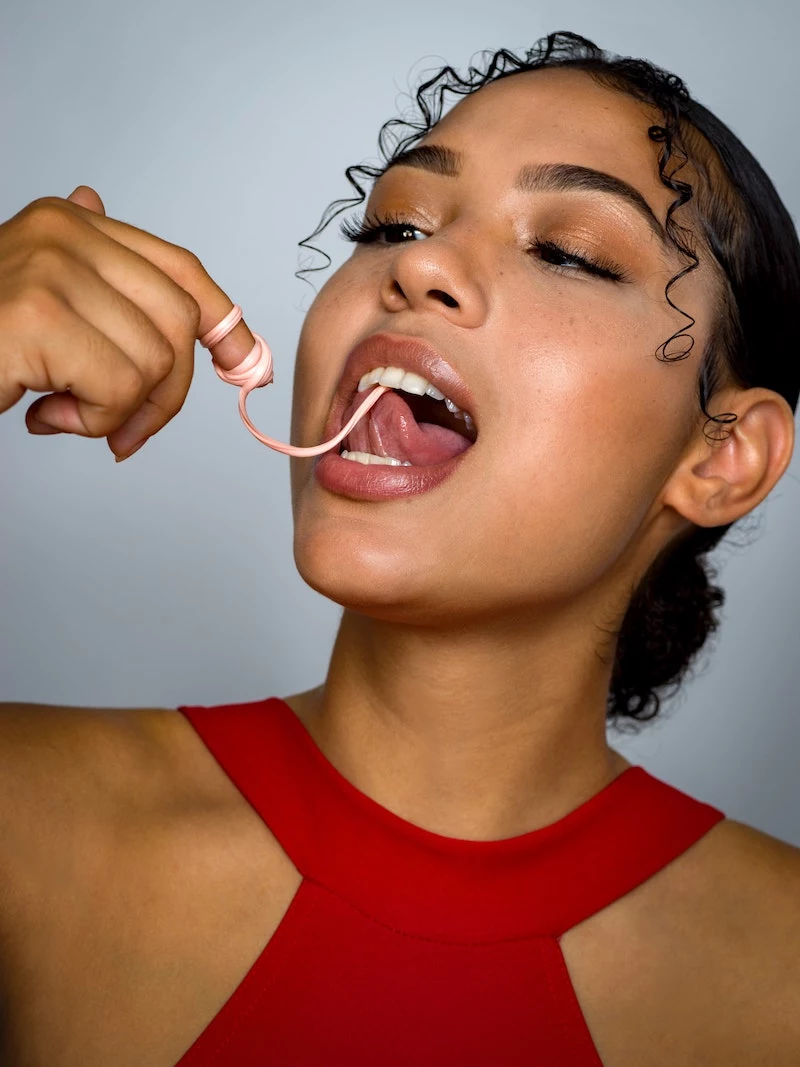
When the urge to pick or bite strikes, having a healthier alternative at your fingertips is key. Consider creating a small ‘Rescue Kit’ to keep in your bag or at your desk. The idea is to swap the destructive sensation for a constructive, caring one.
- A nourishing cuticle oil pen, like the one from OPI ProSpa, for instant, non-greasy hydration.
- A smooth worry stone or a subtle fidget ring from a brand like Conquering to keep your hands busy.
- A small tube of rich hand cream, such as L’Occitane’s Shea Butter classic, for a moment of gentle massage.
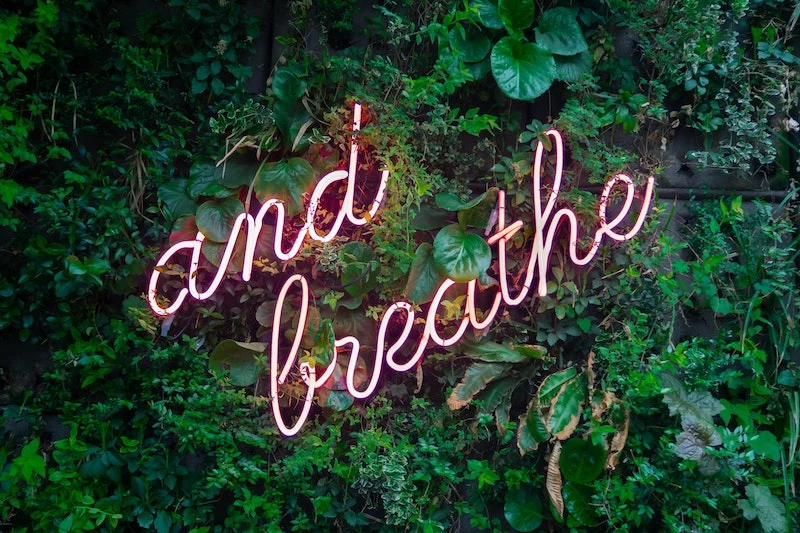
An estimated 1 in 20 people struggles with a body-focused repetitive behavior (BFRB) like nail biting or skin picking.
This powerful statistic from the TLC Foundation for BFRBs isn’t just a number; it’s a community. It validates that your experience is a recognized medical condition, not a personal flaw. Healing often begins with the relief of knowing you aren’t alone in this journey.
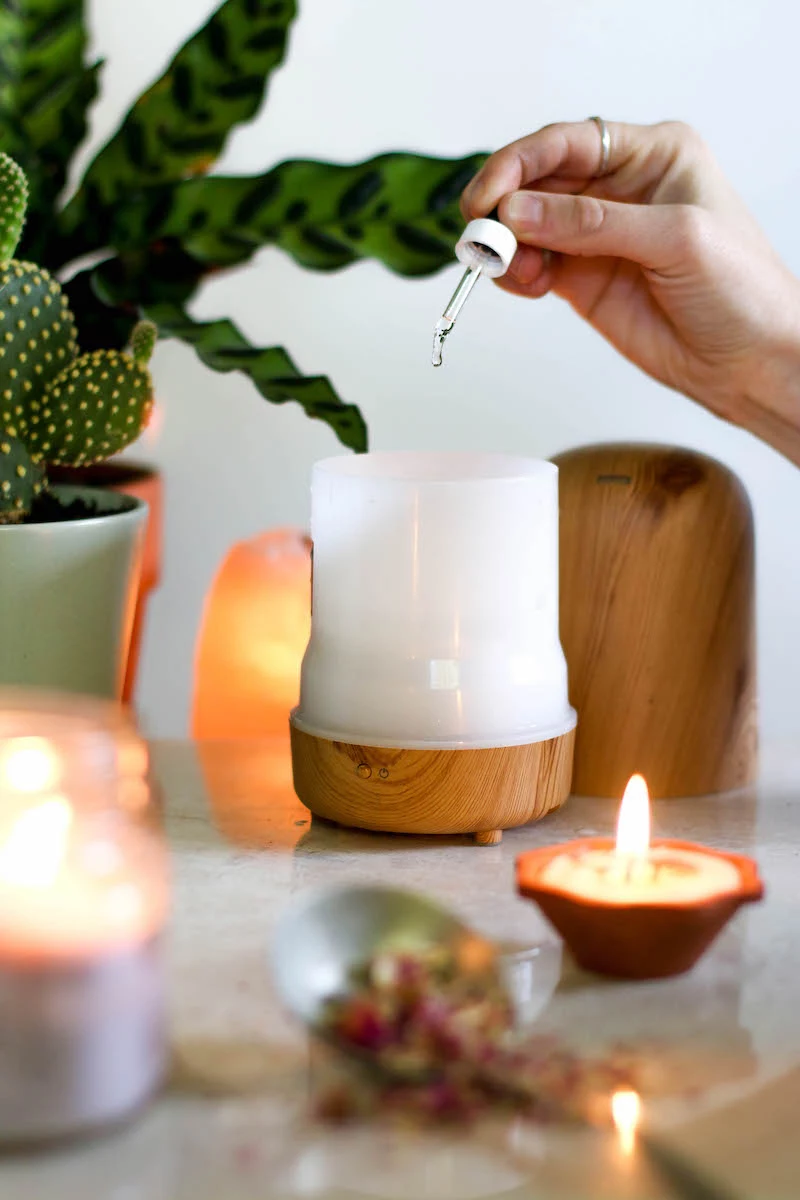
Can a simple scent really help interrupt the habit?
Absolutely. Your sense of smell has a direct pathway to the brain’s limbic system, which controls emotion and memory. When you feel the urge, inhaling a specific scent can create a ‘pattern interrupt’ for your brain. Try a rollerball of lavender or bergamot essential oil on your wrists. You’re not just distracting yourself; you’re using neuroscience to build a new, healthier sensory response to stress.
The Old Mindset: I must stop biting my nails. This approach focuses on restriction and often leads to a cycle of shame when you slip up.
The New Ritual: I will learn to give myself a manicure. This reframes the goal as a positive, nurturing skill to acquire.
By shifting focus from ‘don’t’ to ‘do,’ you replace the habit with a practice of self-care. Start with a gentle file, like a glass one from Mont Bleu, to smooth any snags that might trigger the urge to bite.










